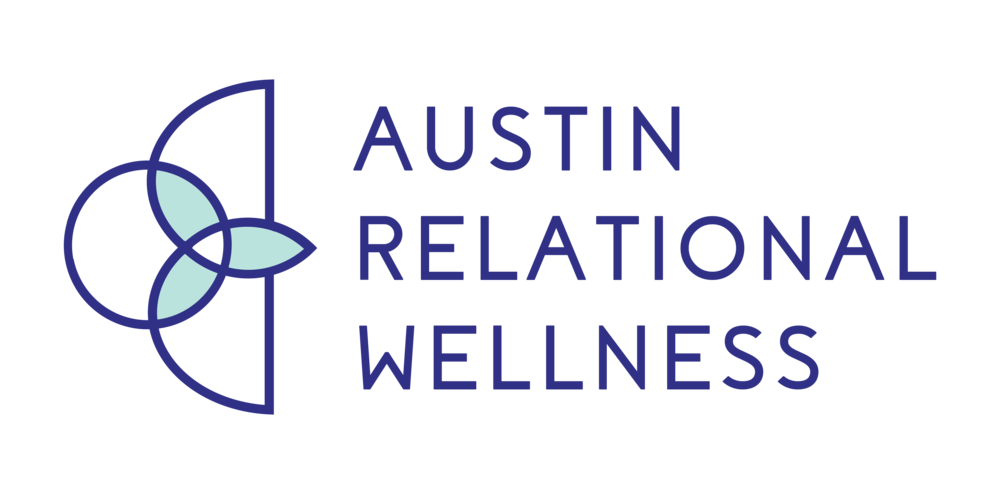What is EFT?
Emotionally Focused Therapy (EFT) utilizes attachment theory, which looks at the bonds one makes throughout life and the patterns of beliefs one holds about oneself and others. A secure bond fosters safety and connection, but experiences of disconnection can cause distressing patterns that challenge our ability to stay connected.
EFT helps couples and individuals foster secure bonds with one another. At the heart of EFT lies the concept of A.R.E. — an acronym for Accessibility, Responsiveness, and Engagement.
Let's explore what A.R.E. means and ways it can enhance your relationship or marriage with the help of an EFT therapist.
Accessibility in EFT
Accessibility refers to availability and approachability. When you and your partner are accessible to one another, you are physically and emotionally available. This signals that you are a safe space to process challenges, fostering trust and deeper connection.
How to practice Accessibility:
Set up daily time(s) to check in with one another, asking how the other is doing and offering emotional or physical support
When having check-ins, try to avoid multitasking
When your partner is sharing vulnerabilities, use active listening skills through body language (i.e., maintaining eye contact, having an open posture, leaning in to listen)
Responsiveness in EFT
Have you ever experienced sharing something important with someone and felt they didn’t hear you or respond? This can be a pain point, and repeated unresponsiveness can create feelings of loneliness and disconnection. Responsiveness not only means actively listening to your partner but also validating their needs with empathy.
How to practice Responsiveness:
Ask questions to gain clarity about your partner's needs (i.e., “What might be important for me to further understand?”)
Let your partner know that you acknowledge their emotions without judgment
Remain curious (i.e., “Can you tell me more about that?”)
Engagement in EFT
When partners are “engaged” with one another, they appear involved in each other's emotional lives and maintain a close connection. Secure partners seek to mutually understand the other person’s world and know them on a deeper level. Engagement fosters depth and mutual purpose.
How to practice Engagement:
Express appreciation for your partner
Engage in activities you enjoy together regularly
Whether you are seeking to grow in your relationship with your partner, a family member, or a friend, A.R.E. is an actionable way to begin to transform your relationship or marriage into a deeper and more secure connection.
Reach out to Austin Relational Wellness to begin individual or couples therapy in Austin with an EFT therapist. Our EFT therapists can help you foster accessibility, responsiveness, and engagement and ultimately enhance your relationships.
Related:
























































